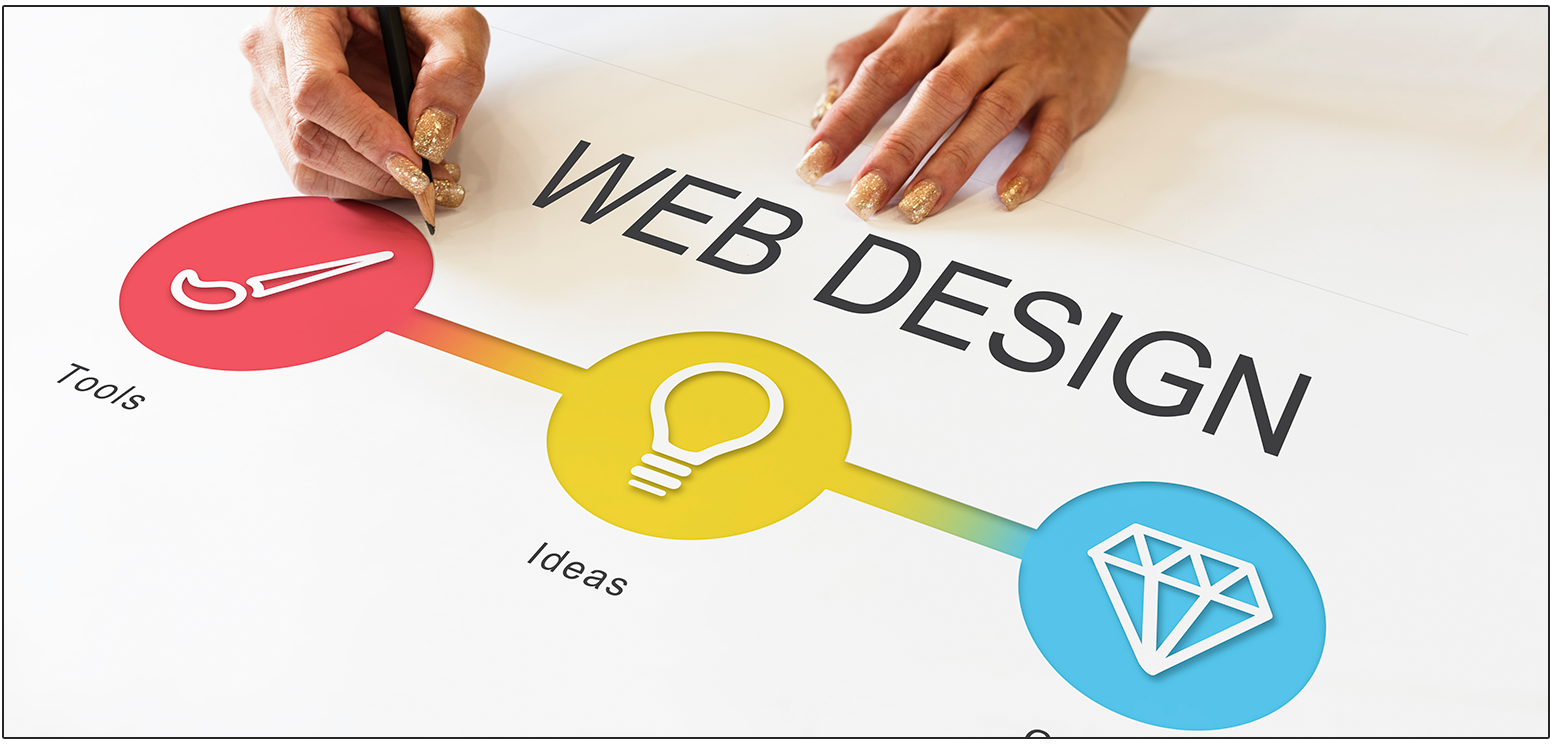Tailoring Designs to

Understanding the unique requirements of your industry is pivotal in effective web design. While e-commerce platforms like Shopify emphasize product showcasing and smooth transactions, hosting services like Hostinger prioritize clarity in conveying technical information. Adapting your design to these industry nuances ensures relevance and resonance with your target audience.













